
Toulouse-Lautrec, Bonnard, Vallotton, Pissarro, Vuillard, Daumier all managed to escape the onslaught of modernism unscathed. Others such as Rodchenko, Malevich, and El Lissitzky, all Soviets, seemed to maneuver rather well through modernity's increasingly complex and daunting landscape. And where architects such as Le Corbusier and later, Frank Gehry, failed horribly - Le Corbusier, through his anti-humanism, Gehry, through his vapid reliance on stock forms - some Soviet architects of the Stalinist school seemed to create a beautiful melding of modern and classical. Obviously, to anyone with an ounce of humanity, the name Stalin should wrench the gut in orgasms of disgust, yet when one casts an esthetic glance at the Kino International, the Kosmos Kino, the Palac Kultury i Nauki in Warsaw, one cannot help but feel that an opportunity was lost, an opportunity to create something beautiful out of this cacophony of industry, with Art Déco's affirmation of the new and Neo-Classicism's embrace of the tried-and-true. The Karl-Marx-Allee is one such accomplishment.

The Kosmos Kino is located on the Karl-Marx-Allee, and I made sure to walk by it every day when I stayed in Berlin for a time.

It's nothing special, but there is a certain charm about it. It doesn't exude the positively maroon communism of the Kino International (right), it just sits there one-storily, a fixture on one of the greatest feats of urban planning in the twentieth century. Whatever else may have come out of International Communism, Stalinist structures in Riga, Warsaw, Moscow, and Berlin all put Le Corbusier's projects in Manhattan to shame, and somehow, just somehow, they find a place next to the bicycle as one of the only worthwhile products of the Industrial Revolution.
 Toulouse-Lautrec, Bonnard, Vallotton, Pissarro, Vuillard, Daumier all managed to escape the onslaught of modernism unscathed. Others such as Rodchenko, Malevich, and El Lissitzky, all Soviets, seemed to maneuver rather well through modernity's increasingly complex and daunting landscape. And where architects such as Le Corbusier and later, Frank Gehry, failed horribly - Le Corbusier, through his anti-humanism, Gehry, through his vapid reliance on stock forms - some Soviet architects of the Stalinist school seemed to create a beautiful melding of modern and classical. Obviously, to anyone with an ounce of humanity, the name Stalin should wrench the gut in orgasms of disgust, yet when one casts an esthetic glance at the Kino International, the Kosmos Kino, the Palac Kultury i Nauki in Warsaw, one cannot help but feel that an opportunity was lost, an opportunity to create something beautiful out of this cacophony of industry, with Art Déco's affirmation of the new and Neo-Classicism's embrace of the tried-and-true. The Karl-Marx-Allee is one such accomplishment.
Toulouse-Lautrec, Bonnard, Vallotton, Pissarro, Vuillard, Daumier all managed to escape the onslaught of modernism unscathed. Others such as Rodchenko, Malevich, and El Lissitzky, all Soviets, seemed to maneuver rather well through modernity's increasingly complex and daunting landscape. And where architects such as Le Corbusier and later, Frank Gehry, failed horribly - Le Corbusier, through his anti-humanism, Gehry, through his vapid reliance on stock forms - some Soviet architects of the Stalinist school seemed to create a beautiful melding of modern and classical. Obviously, to anyone with an ounce of humanity, the name Stalin should wrench the gut in orgasms of disgust, yet when one casts an esthetic glance at the Kino International, the Kosmos Kino, the Palac Kultury i Nauki in Warsaw, one cannot help but feel that an opportunity was lost, an opportunity to create something beautiful out of this cacophony of industry, with Art Déco's affirmation of the new and Neo-Classicism's embrace of the tried-and-true. The Karl-Marx-Allee is one such accomplishment. The Kosmos Kino is located on the Karl-Marx-Allee, and I made sure to walk by it every day when I stayed in Berlin for a time.
The Kosmos Kino is located on the Karl-Marx-Allee, and I made sure to walk by it every day when I stayed in Berlin for a time.  It's nothing special, but there is a certain charm about it. It doesn't exude the positively maroon communism of the Kino International (right), it just sits there one-storily, a fixture on one of the greatest feats of urban planning in the twentieth century. Whatever else may have come out of International Communism, Stalinist structures in Riga, Warsaw, Moscow, and Berlin all put Le Corbusier's projects in Manhattan to shame, and somehow, just somehow, they find a place next to the bicycle as one of the only worthwhile products of the Industrial Revolution.
It's nothing special, but there is a certain charm about it. It doesn't exude the positively maroon communism of the Kino International (right), it just sits there one-storily, a fixture on one of the greatest feats of urban planning in the twentieth century. Whatever else may have come out of International Communism, Stalinist structures in Riga, Warsaw, Moscow, and Berlin all put Le Corbusier's projects in Manhattan to shame, and somehow, just somehow, they find a place next to the bicycle as one of the only worthwhile products of the Industrial Revolution.

































.jpg)
















































.jpg)

































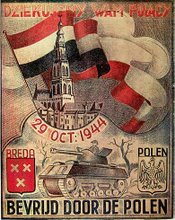










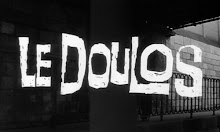






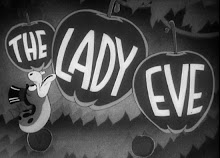







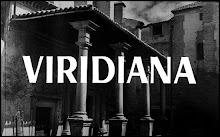





















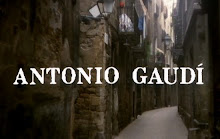






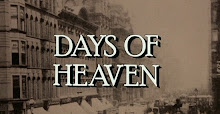


.jpg)




.jpg)



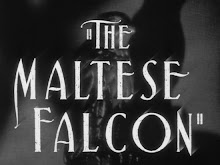




No comments:
Post a Comment